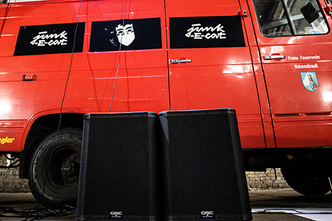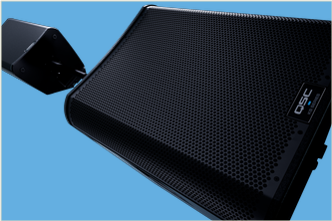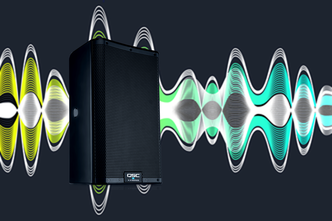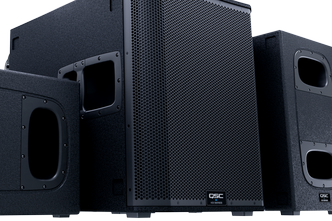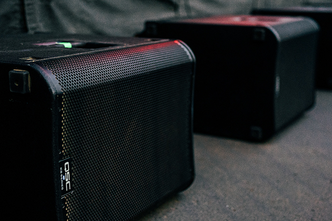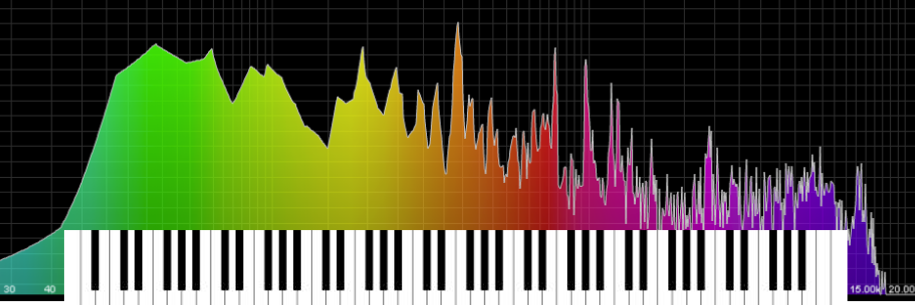
When mixing live audio, one of the biggest mistakes a sound operator can make is aimlessly applying EQ without intentionality due to of lack of understanding. In this article, I hope to equip you with knowledge and understanding about frequencies so that you know exactly what it is that you are manipulating as you sculpt … Read More

